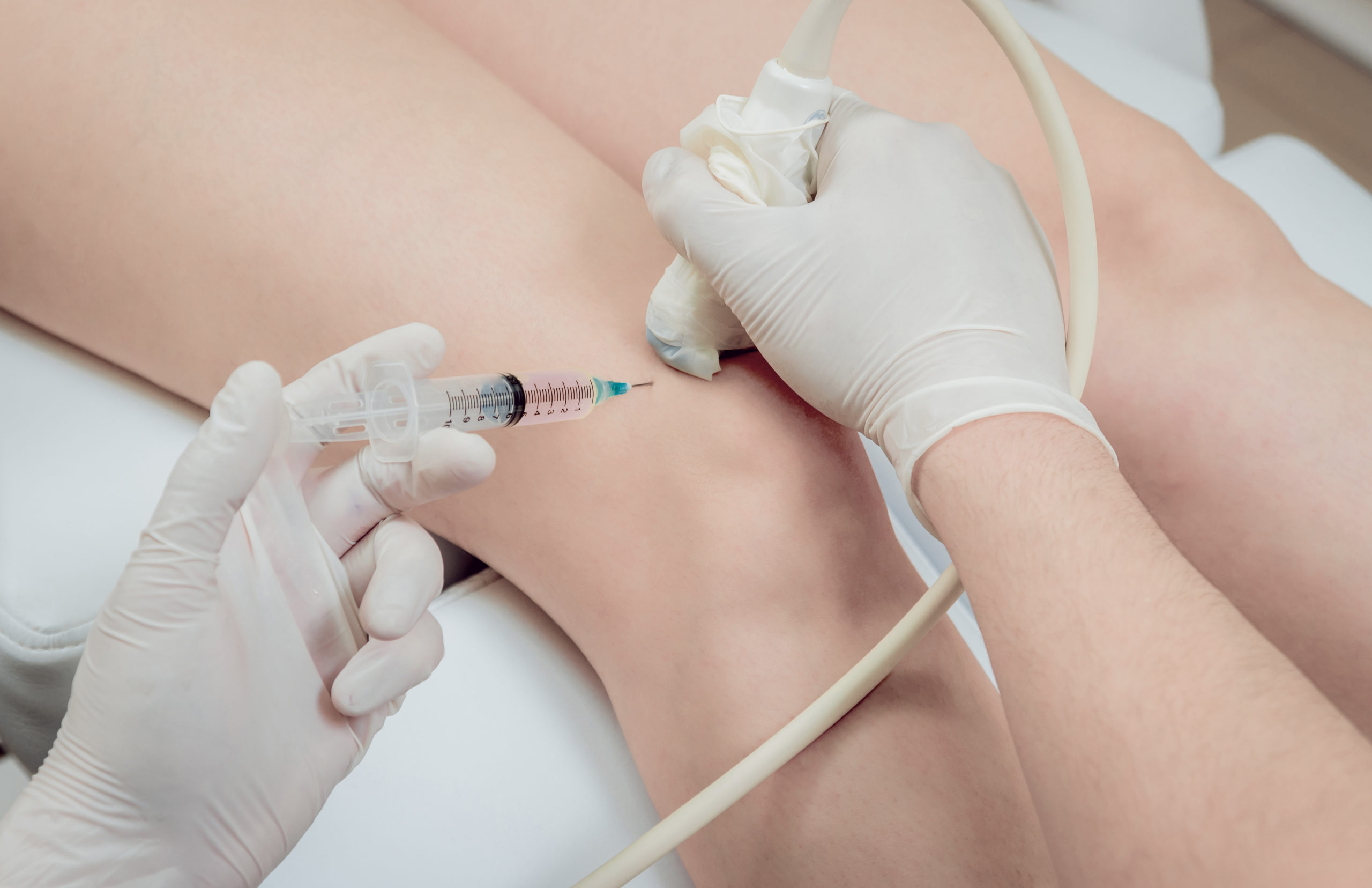Veins are the vessels in the body that circulate blood back to your heart. They rely on one-way valves to keep your blood pumping against…
What Is Varithena? A Guide to Treating Varicose Veins

Veins are the vessels in the body that circulate blood back to your heart. They rely on one-way valves to keep your blood pumping against gravity. Varicose veins occur when valves become weak or damaged. Improperly functioning valves can result in a backflow of blood in the veins.
This backflow of blood can pool in your veins, causing them to twist and bulge, resulting in unsightly and uncomfortable varicose veins. Varicose veins are purple or blue in color and look like raised, bumpy cords on the skin’s surface. While they can occur anywhere in the body, they are most frequently seen in the legs.
Luckily, Varithena treatment is one of six available options for varicose vein removal. This guide explores how to get rid of varicose veins using Varithena along with common questions you may have about the procedure.
What Is Varithena?
Varithena is the brand name of an FDA-approved polidocanol injectable foam — also called a microfoam. It’s both minimally invasive and gentle, because it requires no sedation or anesthesia other than numbing the injection site.
During the procedure, your physician inserts a needle into the vein using ultrasound guidance. The microfoam moves through the varicose veins and causes them to collapse. Blood is redirected to healthier veins, and the medical foam eventually dissipates in the body. The procedure is typically completed within an hour with little to no restrictions.
When Can Varithena Be Used?
Varicose veins weigh down your confidence with their bulging and twisted appearance. While they are only a cosmetic issue for some, others may also experience some uncomfortable physical side effects from varicose veins in their legs.
These physical discomforts can include one or a combination of the following:
- Achy and/or heavy feeling in the legs
- Throbbing and swelling in lower legs
- Itching around veins
- Pain after sitting or standing for too long
Whether these unsightly veins cause physical discomfort or not, Varithena is a viable treatment option. It is covered by most insurance providers.
What Does Recovery Look Like?
One of the most significant benefits of Varithena is that it is a non-thermal treatment, meaning it doesn’t require any heat. This significantly minimizes the risk of soreness during recovery that is sometimes experienced with thermal treatment methods like EVLT and RFA. You will most likely be able to return to normal activities — except for heavy lifting or exercise — the same day of the procedure. Because no anesthesia or sedation is used, you can even drive yourself to and from your appointment.
Your doctor may have you wear gradient compression stockings for around two weeks following treatment. Patients are also advised to get their legs moving for at least 10 minutes following the procedure. This is a smart habit to adopt as movement is crucial for heart health and circulation.
What Are the Expected Results?
Varithena treatment has been used on over 100,000 patients. After one treatment, you should see improved vein appearance and a decrease in physical symptoms. Only 3.4% of patients in the initial trial needed an additional treatment.
Are There Any Side Effects?
The most common side effect of a Varithena procedure is itching, swelling, or bruising at the site of the foam injection. As a precaution, your doctor or nurse may monitor you for about 10 minutes for any signs of an allergic reaction. Although rare, allergic reaction is possible since Varithena is a prescription medication.
Also extremely rare, serious blot clots in the legs are another possible side effect. Your doctor will advise you on the best ways to watch for these side effects if needed. The vast majority of people have no side effects and are able to resume normal activities the same day as the procedure.
Are Follow-up Appointments Needed?
Many patients see results in one Varithena treatment. A second appointment is sometimes necessary depending on the number and severity of the veins needing treatment. Your doctor will inform you if a follow-up appointment is needed.
Risks and Prevention
Certain people may be at higher risk for developing varicose veins. Be sure to let your doctor(s) know if any of the following apply to you:
- Your mobility has recently been reduced
- You have a history of blood clots
- You’ve recently had a major surgery or hospital stay
- You’re currently pregnant or were recently pregnant
There are steps you can take to help prevent varicose veins from forming or coming back. If you don’t already, try implementing some of the following:
- Avoid a sedentary lifestyle
- Wear compression hosiery when you’re constantly on your feet
- Adopt a heart-healthy lifestyle and diet with good hydration
- Follow an exercise plan, even if it is walking daily
- Elevate your legs when lying down or sleeping to promote proper circulation
Next Steps
If you’re growing concerned with how your legs look and feel, consult with a specialist to determine if Varithena is your best treatment for varicose veins. It’s time to get your confidence back. Use My Vein Treatment’s specialist locator tool to help you find a doctor near you. No one deserves to be held back by varicose veins.






Responses